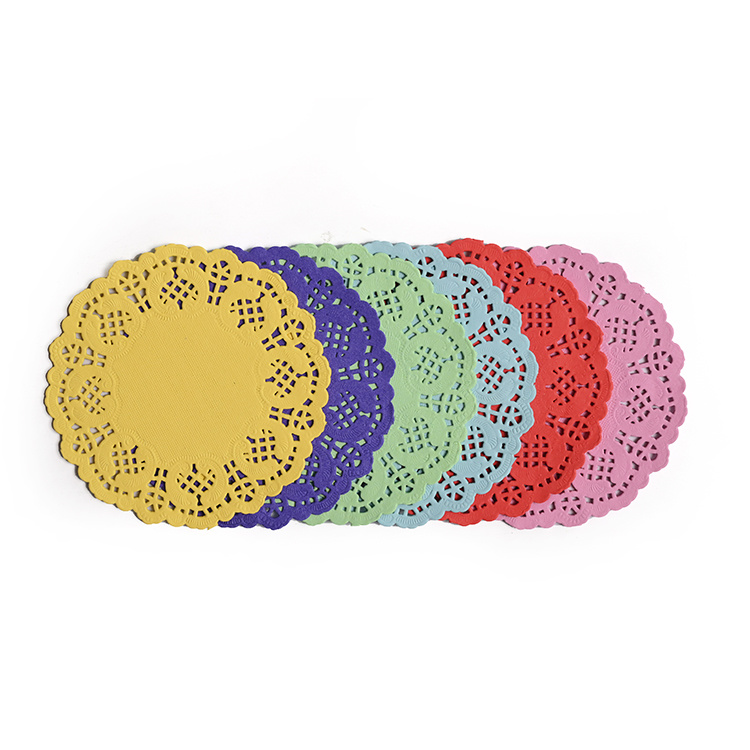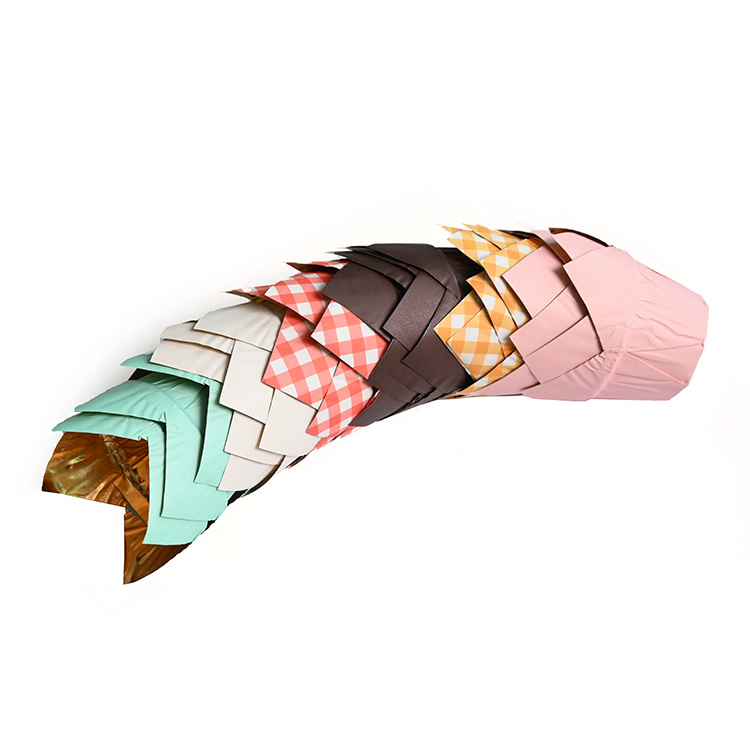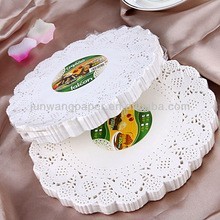Understanding White Paper Pads for Food Wrapping: A Guide to Safe and Sustainable Packaging
When it comes to food wrapping, the choice of materials plays a crucial role in ensuring food safety and enhancing the presentation of dishes. Among the various options available, white paper pads for food wrapping have gained popularity due to their versatility and practical benefits. These pads, typically made from high-quality paper, provide an effective solution for restaurants, catering servi
When it comes to food wrapping, the choice of materials plays a crucial role in ensuring food safety and enhancing the presentation of dishes. Among the various options available, white paper pads for food wrapping have gained popularity due to their versatility and practical benefits. These pads, typically made from high-quality paper, provide an effective solution for restaurants, catering services, and food vendors looking to maintain the freshness and quality of their food products.
One of the primary advantages of white paper pads for food wrapping lies in their ability to act as a barrier against moisture and grease. This is particularly important when wrapping oily or juicy items, as the pads prevent leaks and maintain the integrity of the packaging. As a result, they help keep the food clean and presentable, making them an excellent choice for both takeout and dine-in services. Furthermore, these pads are often designed to be non-toxic and safe for direct contact with food, ensuring that they meet health and safety standards.
In addition to their functional benefits, white paper pads for food wrapping are also recognized for their eco-friendliness. Many of these pads are made from recyclable materials, contributing to sustainable practices in the food industry. As consumers become increasingly aware of environmental issues, businesses that utilize eco-friendly packaging solutions are likely to enhance their brand image and appeal to environmentally conscious customers. Using white paper pads can be a step towards reducing plastic waste and promoting a greener approach to food packaging.
Another noteworthy aspect of white paper pads is their aesthetic appeal. The clean, white surface provides an excellent canvas for branding, allowing businesses to print their logos or other promotional messages directly onto the pads. This not only enhances the visual appeal of the food presentation but also serves as a marketing tool to increase brand recognition and customer loyalty.
Additionally, the versatility of white paper pads makes them suitable for various food items. Whether wrapping sandwiches, pastries, or fried foods, these pads can accommodate a wide range of products, making them an essential component of food packaging strategies. Their lightweight nature also makes them easy to handle and transport, further adding to their practicality in busy food service environments.
In conclusion, white paper pads for food wrapping offer numerous benefits that cater to the needs of both food service providers and consumers. From their ability to protect food integrity to their eco-friendly characteristics and branding potential, these pads stand out as a reliable solution in the packaging industry. By choosing white paper pads, businesses can ensure safe, attractive, and sustainable food wrapping that meets their operational needs and resonates with the values of today's consumers.
One of the primary advantages of white paper pads for food wrapping lies in their ability to act as a barrier against moisture and grease. This is particularly important when wrapping oily or juicy items, as the pads prevent leaks and maintain the integrity of the packaging. As a result, they help keep the food clean and presentable, making them an excellent choice for both takeout and dine-in services. Furthermore, these pads are often designed to be non-toxic and safe for direct contact with food, ensuring that they meet health and safety standards.
In addition to their functional benefits, white paper pads for food wrapping are also recognized for their eco-friendliness. Many of these pads are made from recyclable materials, contributing to sustainable practices in the food industry. As consumers become increasingly aware of environmental issues, businesses that utilize eco-friendly packaging solutions are likely to enhance their brand image and appeal to environmentally conscious customers. Using white paper pads can be a step towards reducing plastic waste and promoting a greener approach to food packaging.
Another noteworthy aspect of white paper pads is their aesthetic appeal. The clean, white surface provides an excellent canvas for branding, allowing businesses to print their logos or other promotional messages directly onto the pads. This not only enhances the visual appeal of the food presentation but also serves as a marketing tool to increase brand recognition and customer loyalty.
Additionally, the versatility of white paper pads makes them suitable for various food items. Whether wrapping sandwiches, pastries, or fried foods, these pads can accommodate a wide range of products, making them an essential component of food packaging strategies. Their lightweight nature also makes them easy to handle and transport, further adding to their practicality in busy food service environments.
In conclusion, white paper pads for food wrapping offer numerous benefits that cater to the needs of both food service providers and consumers. From their ability to protect food integrity to their eco-friendly characteristics and branding potential, these pads stand out as a reliable solution in the packaging industry. By choosing white paper pads, businesses can ensure safe, attractive, and sustainable food wrapping that meets their operational needs and resonates with the values of today's consumers.
news












